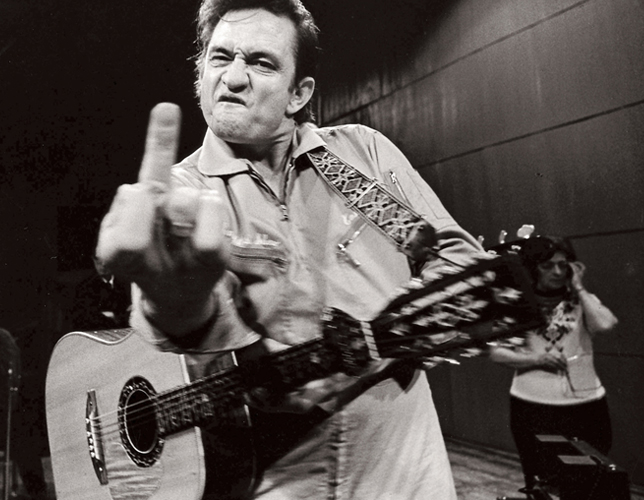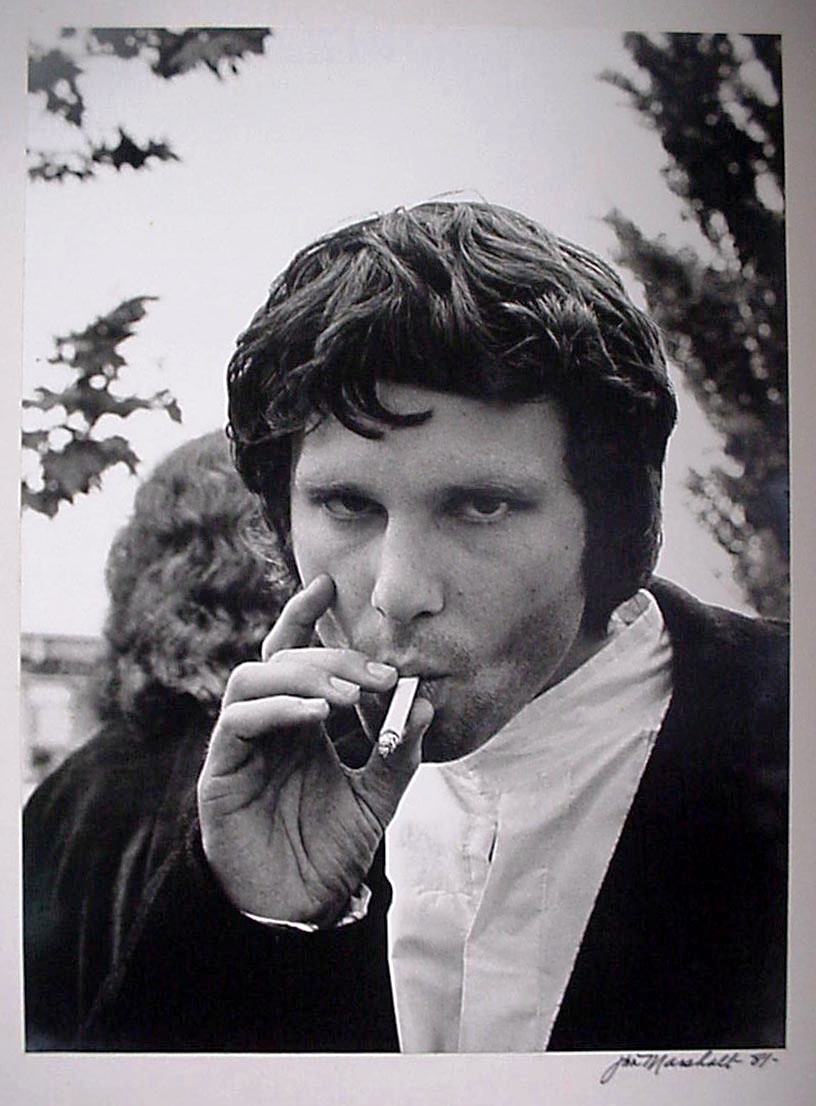
NEW YORK TIMES: Jim Marshall, a photographer who took some of the most famous images of rock and pop musicians, including Jimi Hendrix setting his guitar aflame at the Monterey International Pop Festival and Johnny Cash at San Quentin prison, died on Tuesday night in a hotel in New York. He was 74. Mr. Marshall was as well known for the extraordinary images that he captured as the extraordinary access that he had to some of the most famous names in music. He was a favored photographer of Hendrix, the Rolling Stones and Janis Joplin, and he was the only photographer allowed backstage at the  Beatles’ last concert, in San Francisco in 1966. He was also the chief photographer at Woodstock. With his imposing figure and gruff, forceful personality, he was something of a rock star himself, and musicians respected him as much for his pictures as for his dedication in getting them. MORE
Beatles’ last concert, in San Francisco in 1966. He was also the chief photographer at Woodstock. With his imposing figure and gruff, forceful personality, he was something of a rock star himself, and musicians respected him as much for his pictures as for his dedication in getting them. MORE
WOLFGANG’S VAULT: Regarded by many as “THE rock and roll photographer,” Jim Marshall’s career has always been focused on the documentation of people. A son of San Francisco, Marshall’s favorite subjects were musicians, and his 40-years of extraordinary photography include very special shots of Johnny Cash, Jimi Hendrix, The Beatles Janis Joplin and other stars in the rock music hegemony. Unlimited access to the musicians coupled with an inviolate sense of trust between subject and photographer allowed Marshall special opportunities: he was chief photographer at Woodstock and was the only photographer allowed backstage at the Beatles final concert. Since he demanded total access, Marshall lived 24-7 with his subjects, and his pictures reflect affection for the artists as they describe the musicians’ character. Marshall has said that it’s no accident if his pictures seem musical because, “I see the music.” MORE

ROLLING STONE: Unlike a lot of the major rock photographers that followed in his path, Jim’s pictures are very straightforward — they don’t come with elaborate concepts, studio props or professional styling. They are really just moments: on stage, in recording studios, hotel rooms, restaurants, buses, or backstage dressing rooms. Most of his shots are taken in natural light, with an old Leica camera. The only demand Jim makes on his subjects is access — a lot of access. “If someone doesn’t want me to shoot them, fine, fuck ‘em,” he says. “But if they do, there can’t be any restrictions.” Back in rock’s glory days — when Jim was the house photographer at Monterey and Woodstock, when he dropped LSD with the Dead (actually, they dosed him) and he toured with the Stones in ‘72 — Jim’s appetite for booze and drugs was legendary. In fact, one of the secrets of his success was that he kept taking pictures after all the other photographers went to bed. What’s most striking about his photographs is how even in the most chaotic moments he finds clarity and candor. Jim’s photographs are remarkable for the ease with which they convey something deep and real about their subjects. MORE
